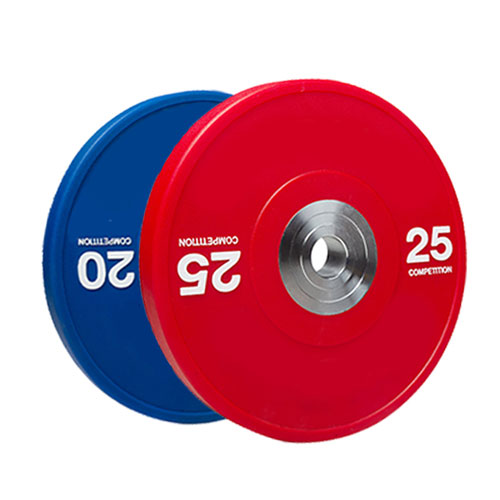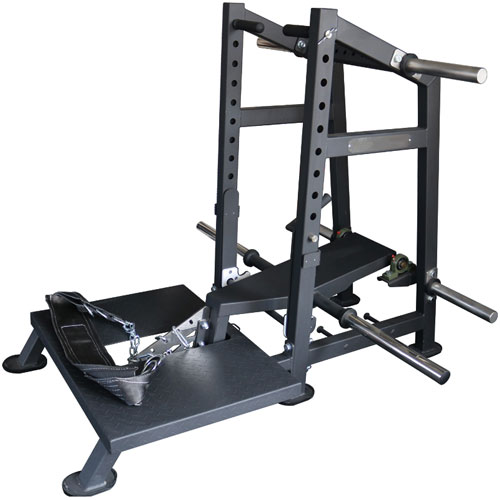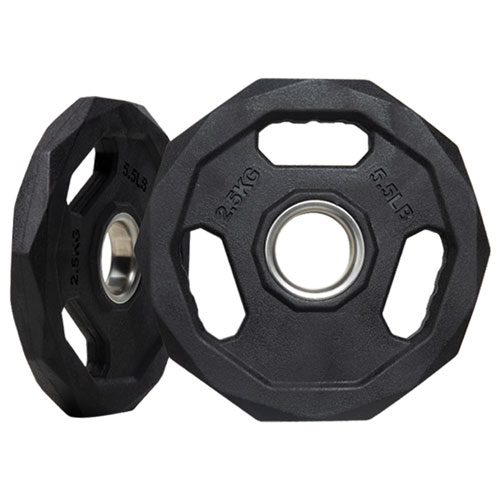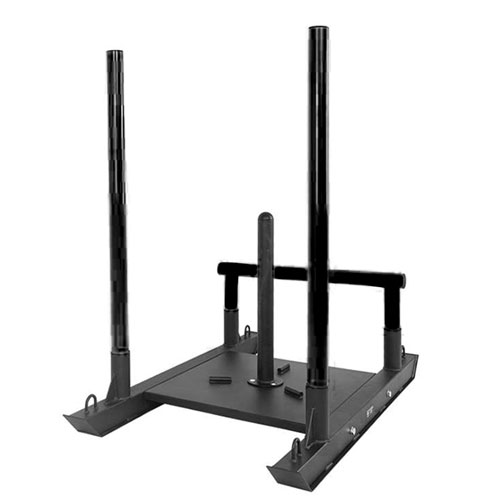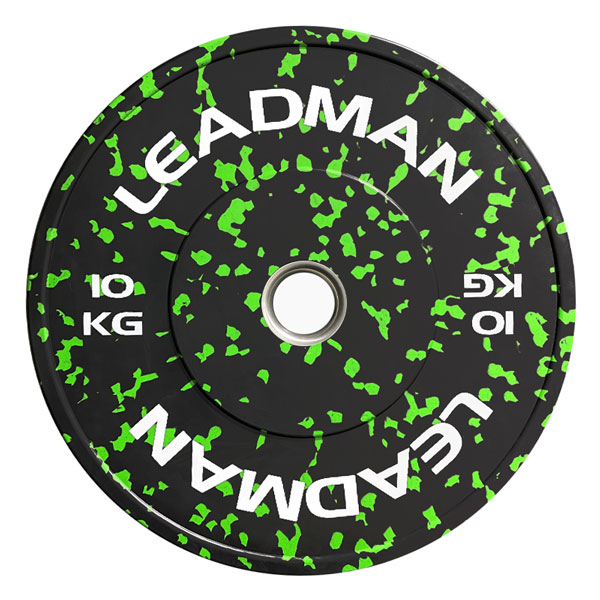Custom Gym Equipment : Key Questions Answered
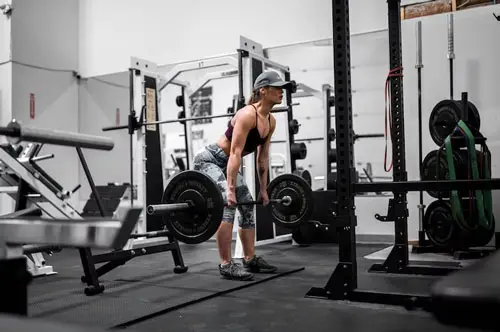
Why Go Custom?
You've walked into gyms where the gear feels generic—same old racks, same old plates, nothing that screams “unique.” Now imagine a space where every barbell, bench, and dumbbell reflects your vision, your brand, your style. Custom gym equipment isn't just about looks; it's about creating a standout experience for your members and a perfect fit for your space. But it's a big step—cost, process, practicality—there's a lot to unpack. Whether you're a gym owner dreaming big or a home fitness buff wanting something special, you've got questions. We've got answers.
Let's tackle the key questions surrounding custom gym equipment, breaking it down so you can decide if it's your next move—and how to make it work.
What Is Custom Gym Equipment, Exactly?
Custom gym equipment goes beyond off-the-shelf gear. It's gear tailored to your specs—think barbells with your logo etched in, racks painted in your gym's colors, or dumbbells sized just right for your clients. It can mean tweaking dimensions, adding features (like extra grip options), or designing something totally new. It's about control—over quality, aesthetics, and function.
Curious about sourcing custom options? This guide sheds light:
Why Choose Custom Over Standard Gear?
Standard gear gets the job done—it's reliable, quick to order, and budget-friendly. But custom equipment shines where off-the-rack falls short. It boosts your brand—imagine members snapping pics with your logoed barbells, spreading the word online. It fits your space perfectly, like a rack designed for a low ceiling. And it meets specific needs—say, extra-durable plates for a high-traffic gym. It's an investment in identity and performance, not just function.
For more on branding through gear, check this out:
How Much Does It Cost?
Here's the big one—custom gear isn't cheap. A standard 45-lb barbell might run $150-$200, while a custom version—with your color, logo, and grip tweak—could hit $250-$400. Bulk orders (say, 10 racks) might start at $10,000 standard, but custom designs could push $12,000-$15,000, depending on complexity. Minimum order quantities (MOQs) often apply—10-20 pieces—so it's not a solo buy. Factor in shipping and design fees too. Still, the long-term value—brand loyalty, durability—can offset the upfront hit.
How Long Does It Take to Get?
Patience is key. Standard gear ships in days or weeks; custom orders take 6-12 weeks, sometimes more. Design tweaks—say, adjusting a bench angle—add time for prototyping. Manufacturing, especially overseas, plus shipping (think 4-6 weeks from Asia), stretches the timeline. Plan ahead—order 3-4 months before your gym's launch or upgrade. Rush options exist but spike costs. Timing's everything—don't get caught waiting.
For insights on bulk order timing and savings, this is handy:
Can It Really Improve My Gym?
Yes—if done right. Custom gear elevates the user experience—think ergonomic grips tailored to your clients' hands or racks that maximize your floor space. It builds loyalty—members feel part of something special when the equipment’s branded. And it can reduce injuries—custom safety features (like unique spotter arms) beat generic designs. A gym in 2025 thrives on uniqueness; custom gear sets you apart from the chain down the street.
For space-saving custom ideas, dive into this:
What Should I Customize?
Start with high-impact pieces—barbells, plates, and racks get the most use and visibility. Add logos or colors for branding—subtle works best (e.g., etched initials, not neon overload). Tweak function too—adjustable benches for diverse clients, or kettlebells with custom weights. Don't overdo it—customize what matters; a branded water bottle holder might not move the needle. Focus on durability and utility first, flair second.
For dumbbell customization ideas, this is a start:
How Do I Find a Reliable Supplier?
The supplier makes or breaks it. Look for experience—years in the game, a portfolio of custom work. Check reviews—happy gyms mean reliable service. Ask about MOQs, design support, and warranties—good ones offer 1-2 years. Test them—start with a small custom order (say, five plates) before going big. Overseas options can save cash but need extra vetting for quality and shipping.
For supplier selection tips specific to key equipment, this guide's spot-on:
Your Custom Gym, Your Way
Custom gym equipment isn't just gear—it's a statement. It's your gym's personality in steel and rubber, built to fit your space, your people, your goals. Yes, it costs more and takes time, but the payoff? A standout facility that keeps members coming back. From what to customize to finding the right partner, these answers light the path. Ready to craft something special? Your gym's next level starts here.
Ready to Design Your Custom Gym Equipment?
Custom gear can set your gym apart, blending durability with a unique identity tailored to your vision.
Find out how Leadman Fitness can create high-quality custom equipment for your facility. Reach out today for a free quote!
FAQ About Custom Gym Equipment
Is custom equipment worth the extra cost?
For branding and specific needs—like space or durability—yes; for basic use, standard gear might suffice.
What's the smallest order I can customize?
Depends on the supplier—MOQs range from 5-20 pieces; ask upfront to avoid surprises.
Can I customize colors and logos?
Absolutely—most suppliers offer color options and logo etching; complex designs might cost extra.
How durable is custom gear?
As durable as standard—if not more—when you spec high-quality materials like 11-gauge steel or thick rubber.
What if I need it fast?
Rush orders bump costs and might limit options—plan 3-4 months ahead for the best results.

